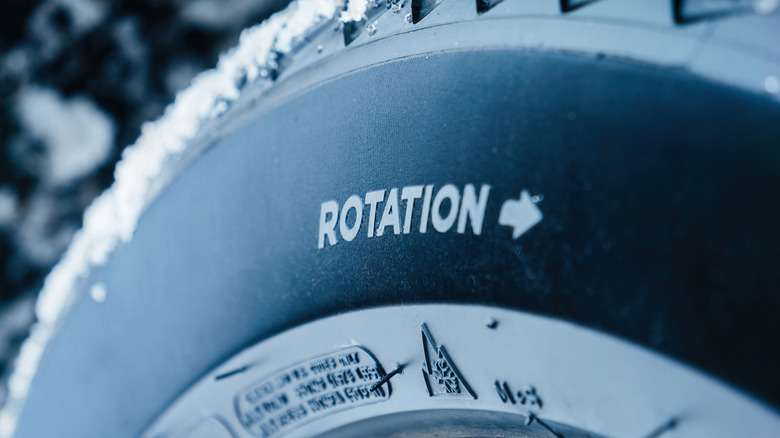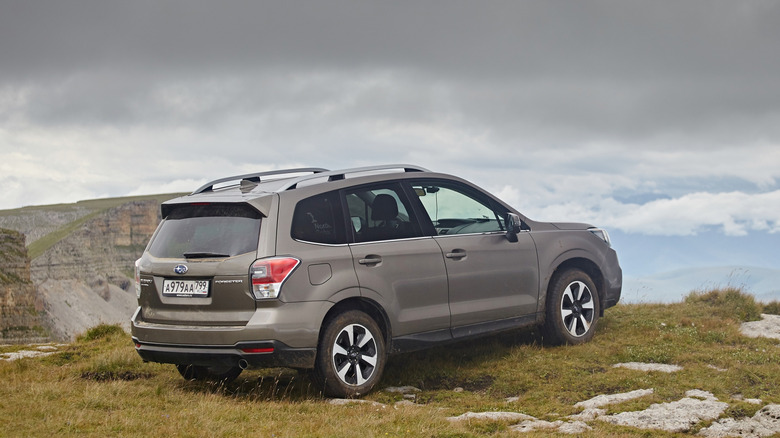AWD Tire Rotation: When & How To Properly Rotate Your Tires
Just like changing oil, rotating your tires is just one of those things you have to do to keep your car healthy and functioning over time. Some say it's even more important to rotate tires if your car is all-wheel drive. This is because power is sent to every wheel, meaning the wear happens a lot faster. For this reason, it's best to rotate your AWD tires every 3,000 to 5,000 miles. Check your owner's manual for the specifics for your vehicle, however, to be safe. For example, the Mazda 3 manual states that you should rotate the tires every 5,000 miles while the Subaru Forester (one of SlashGear's favorite AWD systems) should be every 6,000 to 7,500 miles.
Tire rotation is very important to ensure your tires are functioning properly and last longer. The reason routine rotation helps is that it spreads wear evenly across the four tires to extend the tread life. For example, this can give front tires a break from being worn down by acceleration and braking. This is not only important for road safety and tire health, but even more of a consideration for off-roading vehicles that need all of their tires to be in similar condition to ensure better traction and handling on various terrains. Routine tire rotations can also improve fuel economy and protect your car from damage.
How to properly rotate AWD tires
The way you rotate tires on an all-wheel drive vehicle is very important. It's a bit different from front-wheel and rear-wheel drive vehicles. FWD tire rotation requires you to flip sides when moving the rear tires to the front, but keep front tires on the same side when moved to the back. RWD is opposite, where front tires moved to the back are swapped but the rear tires moved to the front are kept on the same side. When it comes to AWD tires, you want to do an "X" replacement, meaning all of the tires not only switch if they're front or rear but also their side of the car.
Here's how that would work: The left front tire goes to the right back position and the right front tire goes to the left back position. Then, the left rear tire goes to the right in the front and the right rear tire is placed on the left side of the front. Swapping all four tires completely will allow for them to stay evenly worn for a better driving experience and longer tire lifespan.

